Welcome to Safal Hospital
Opening Hours : Mon. to Sat. - 10 am to 2 pm. Only by Appointment
Contact : 0712-2450465 / +91-74101 04043 / +91-70663 40060
These are the services of DR. SHILPI SUD
These are the services of DR. SUNEET SUD
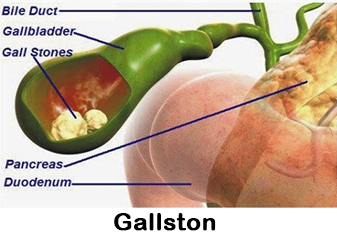
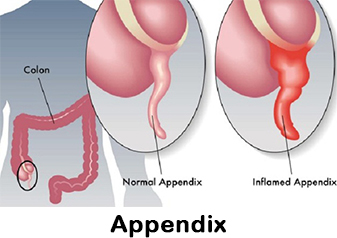
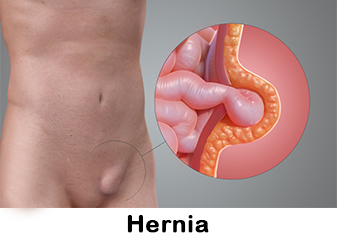
Laparoscopy is a surgery that uses a thin, lighted tube put through a cut (incision) in the belly to look at the abdominal organs or the female pelvic organs . Laparoscopy is used to find problems such as cysts, adhesions, fibroids , and infection. Tissue samples can be taken for biopsy through the tube (laparoscope).
« Pain areas : In the area between shoulder blades, back, side part of the body, or upper-right abdomen
« Pain types : Can be mild or severe
« Pain circumstances : can occur at night
« Gastrointestinal : indigestion, nausea, passing excessive amounts of gas, or vomiting
« Abdominal : cramping from gallstones or discomfort
Appendicitis is usually treated with antibiotics and surgery is required within 24 hours of its diagnosis. If untreated, the appendix can rupture and cause an abscess or systemic infection (sepsis).
Symptoms include a bulge, swelling or pain. In some cases, there are no symptoms.
Treatment includes monitoring the condition. If needed, surgery can return tissue to its normal location and close the opening.
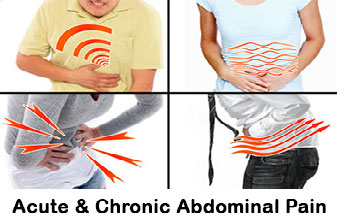
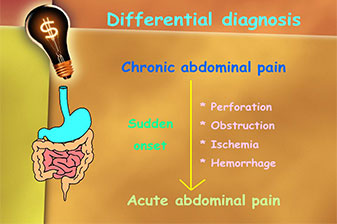
Acute conditions are severe and sudden in onset. This could describe anything from a broken bone to an asthma attack. A chronic condition, by contrast is a long-developing syndrome, such as osteoporosis or asthma. Note that osteoporosis, a chronic condition, may cause a broken bone, an acute condition.
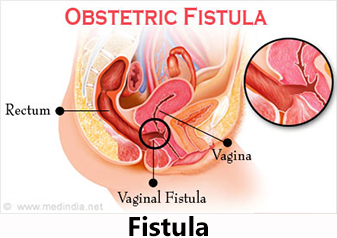
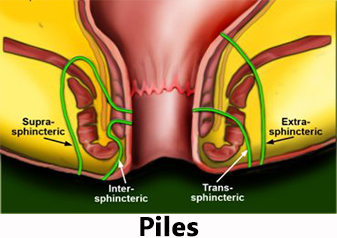
⇒ Arteriovenous fistula :- An abnormal connection between an artery and a vein.
⇒ Anal fistula :- An infected tunnel between the skin and the anus.
⇒ Obstetric fistula :- An abnormal connection between the rectum and the vagina.
Discomfort is a common symptom, especially during bowel movements or when sitting. Other symptoms include itching and bleeding.
A high-fibre diet can be effective, along with over-the-counter medications, such as stool softeners. In some cases, a medical procedure to remove the haemorrhoid may be needed to provide relief.
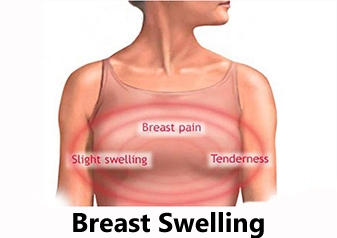
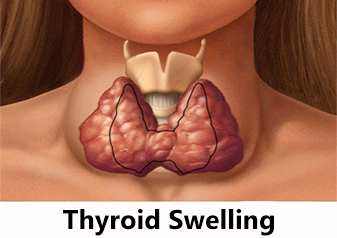
Symptoms of breast cancer include a lump in the breast, bloody discharge from the nipple and changes in the shape or texture of the nipple or breast.
Its treatment depends on the stage of cancer. It may consist of chemotherapy, radiation, hormone therapy and surgery.
Premenstrual breast swelling and tenderness is a common concern among women. The symptom is part of a group of symptoms called premenstrual syndrome, or PMS. Premenstrual breast swelling and tenderness can also be a sign of fibrocystic breast disease. Fibrocystic breast disease is a term used to describe painful, lumpy breasts prior to the menstrual period.
A goiter commonly develops as a result of iodine deficiency or inflammation of the thyroid gland.
Not all goiters cause symptoms. Symptoms that do occur might include swelling and cough. Rarely, symptoms may include throat tightness or trouble breathing.
A small goiter that doesn't cause symptoms may not need treatment. In some cases, medication or surgery is needed.
.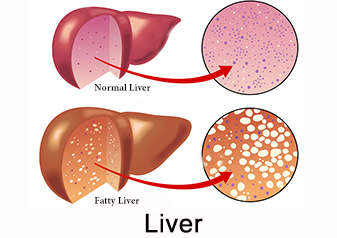
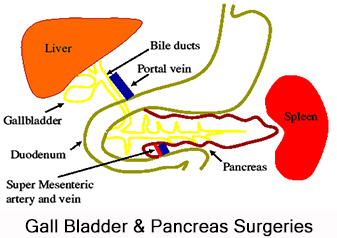
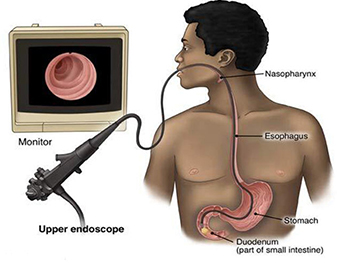
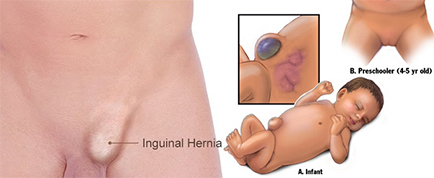
When part of an organ or tissue in the body (such as a loop of intestine) pushes through an opening or weak spot in a muscle wall, it can protrude into a space where it does not belong. This protrusion is a hernia, which may look like a bulge or lump.
In many infant and childhood hernias, the herniated tissues may protrude only during moments of physical pressure or strain. A prominent bulge might only be noticeable when a child is crying, coughing, or straining, and it may seem to retract or go away at other times. Hernias in this state are called reducible and are not immediately harmful.
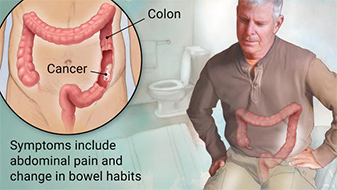
Colorectal cancer symptoms depend on the size and location of the cancer. Some commonly experienced symptoms include changes in bowel habits, changes in stool consistency, blood in the stool and abdominal discomfort.
In many infant and childhood hernias, the herniated tissues may protrude only during moments of physical pressure or strain. A prominent bulge might only be noticeable when a child is crying, coughing, or straining, and it may seem to retract or go away at other times. Hernias in this state are called reducible and are not immediately harmful.
These are the services of INSURANCE SERVICES